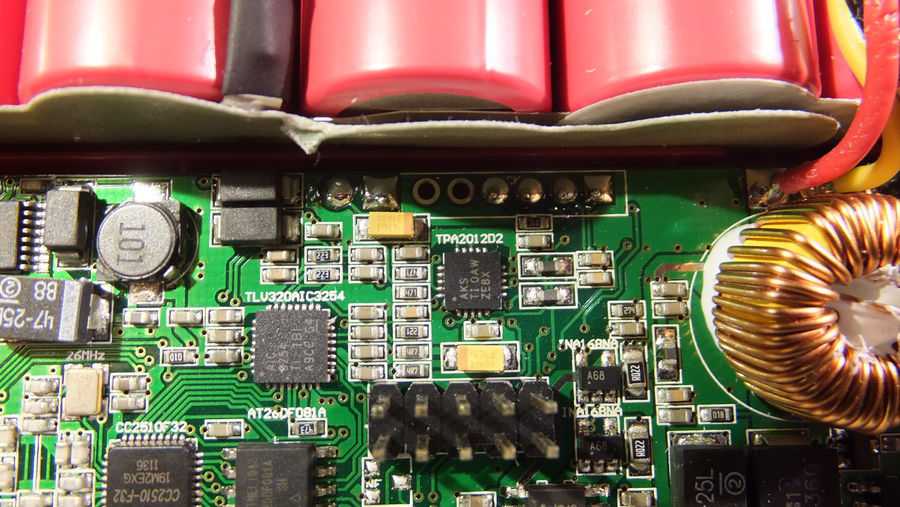
Detector technology
The metal detector industry is long overdue for a major technological breakthrough.
The current range of Pulse induction detectors from an electrical and point of view are still very much the same as detectors that were developed in the 1960s. Sure there have been some innovations over this time period but much of the performance improvements have come from newly developed components that make for improved receivers with lower noise and the integration of analog to digital conversion ICs for noise reduction, including some software based signal enhancement.
The coils are basically the same as what was available decades ago, the control boxes are still relatively large and heavy and the performance over the last ten years has not really increased except that the newer detectors are designed to find smaller and smaller Gold.
Over the last few years I have had many conversations with the more serious prospectors complaining about performance of their detectors, and that they know that there are large nuggets just out of reach with the current technology, and that they do not want to spend 10 minutes sifting through the ground trying to locate a pin head sized piece of Gold. I must admit that I am not interested in pin head sized Gold either. Spending a lot of time trying to find a Fly specks just robs us all of valuable detecting time and reduces the chances of finding more substantial sized nuggets. I also know many treat Gold prospecting as a “hobby” or that they just say they do in order to justify the hefty outlay for decent detecting equipment. I have always treated going out prospecting as a money making venture, being a good operator getting a pin head size piece of Gold every hour just is not going to pay the fuel bill. We need something better, something that will sort out the decent sized nuggets from the noise. There are instances that very substantial Gold nuggets are missed due to ground noise confusing the detectors electronics.
There are technologies available that could really leap frog this prospecting game into the future, lets look at DSP (Digital Signal Processing) and yes some of the latest offering do have some DSP but still most detectors still use 16-bit digital processing while the computer industry uses at least 64-bit and 128-bit architecture. Increasing the signal resolution can extract far more data and would be a good step in the right direction. Lower noise input stages would also be of some benefit but the input switching and associated resistive losses make it hard to get below the 1 nV/√Hz noise figure of the current best designs. The current technology available has the ability to reduce this to less than half this value and thus if the noise is reduced then signals from nuggets that previously was hidden by this noise can now be detected.
I have spent many hundreds of hours and purchased many thousands of dollars of electronic equipment to help design and develop much needed improvements to our metal detectors.
I have some very promising things happening so hopefully in the near future we will see these projects benefit the prospecting community.
To build a better detector is going to take a lot of time and a lot of money but the returns are huge. If a detector was made available tomorrow that gave 20% to 30% more depth and you asked a price of $10,000 per detector I guarantee that you would have prospectors all over the world banging on your door and that you could not manufacture enough to satisfy the demand, the market is huge and is hungry for new technology. New technology will open up the Gold fields all over again. I am currently in the midst of developing some rather novel performance enhancements for our detectors but it all takes time being a small player without much time to get things done as fast as I wish, I just noticed I am writing this article at 2:30 am… Bed time for me and to go dream of the technological advances and substantial amount of nuggets to come.